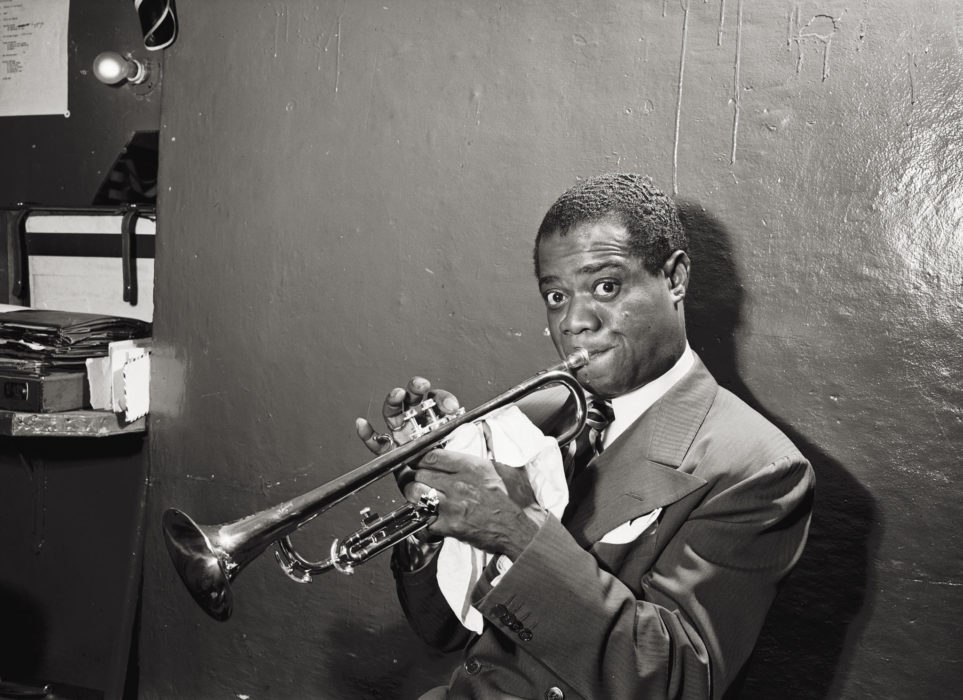THE PROGRESSIVE ERA WAS anything but “progressive” for African Americans. In the era after Plessy v. Ferguson, black Americans learned that the great reform ethos that was sweeping the nation — for women’s suffrage, for justice for the working classes, for laws against child labor — simply didn’t extend to them.
The so-called “Progressive” election of 1912 had seemed to offer great hope, but it turned out to be a lose-lose proposition for anyone whose skin wasn’t white. On August 1, Theodore Roosevelt had dashed the hopes of black southerners by refusing to allow them into his new Progressive Party, for fear of alienating his white southern political support. Some black leaders, like W. E. B. Du Bois, played the counterintuitive card and placed their hopes in the progressive ideals of Wilson and the Democrats, the party of traditional anti-black opinion since the Civil War.
“Should I become President of the United States,” Wilson said, “they may count upon me for absolute fair dealing for everything by which I could assist in advancing their interests of the race.” But after his inauguration on March 4, 1913, Wilson’s Postmaster General and his Treasury Secretary issued orders segregating their departments. Fifteen of the seventeen most senior black government officials were dismissed; some departments came under White House pressure to segregate washrooms, working spaces, and eating places in government offices; and black appointees were fired all over the country. “There are no government positions for Negroes in the South,” the head of Georgia’s Internal Revenue division said as he fired all his black employees. “A Negro’s place [is] in the corn field.”

During ‘Abdu’l-Bahá’s three visits to Washington, DC, in 1912, he had recast the mixing of the races as a source of beauty. “As I stand here tonight and look upon this assembly,” he had told an integrated meeting at a black church on April 13, “I am reminded curiously of a beautiful bouquet of violets gathered together in varying colors, dark and light. This is an evidence and indication that the United States of America is a just and free government, for I see black and white seated together in perfect harmony and agreement.” The new dark segregationist turn in the social fabric of the nation’s capital after 1913 couldn’t have been further from the integrationist message ‘Abdu’l-Bahá had promoted so aggressively.
But in spite of the clampdowns, the resurgent lynchings and race riots, and the flurry of war preparedness after 1914, the tide for African Americans began to turn. Before the Civil War, thousands of African American slaves had been sold down the Mississippi River at high prices to staff the labor-intensive cotton economy of the Deep South. But now, with the Great War cutting off immigration from Europe and the war economy booming, their grandchildren flooded back North. The tide flowed up the eastern seaboard from Florida and Georgia to New York and Philadelphia, across the Texas and Arizona deserts toward Los Angeles, and against the Mississippi’s mighty current to Chicago and Detroit. The Great Migration, pursued by a younger generation that had no memory of slavery, transformed the racial makeup of the great northern cities and changed the complexion of the nation. It was, historian Isabel Wilkerson writes, “the first big step the nation’s servant class ever took without asking.”
The Great Migration created a new generation of African American leaders, several of whom found themselves compelled by ‘Abdu’l-Bahá’s vision of race unity. Robert Abbott, the editor of the Chicago Defender, became the country’s foremost promoter of the migration, and his newspaper the most influential black paper in the nation. He had met ‘Abdu’l-Bahá when covering one of his Chicago talks in 1912, and became a Bahá’í in 1934. When the philosopher Alain Locke, the first African American Rhodes Scholar, published The New Negro in 1925, he had already been a Bahá’í for seven years. His book, an anthology of poems, stories, and political writing by black intellectuals and artists, including Langston Hughes, Zora Neale Hurston, and James Weldon Johnson, became the definitive text of the Harlem Renaissance.
Bahá’u’lláh’s and ‘Abdu’l-Bahá’s principles, Locke wrote, “and the leavening of our national life with their power, is to be regarded as the salvation of democracy. In this way only can the fine professions of American ideals be realized.”

When ‘Abdu’l-Bahá had stayed at Agnes Parsons’s house in Washington in 1912 she hadn’t seemed interested in the issues of race. But in 1920 ‘Abdu’l-Bahá asked her to organize a “Race Amity” conference in Washington, DC. She held it at the First Congregational Church at 10th and G Streets in May, 1921, with Locke serving as session chair on May 21. From her home near Dupont Circle, just a few blocks north from Wilson’s segregated White House, Agnes Parsons spent the next decade coordinating integrated meetings across the country, whose purpose was to build social bonds between black and white Americans. Through men and women like Robert Abbott, Alain Locke, Agnes Parsons, and the community of Bahá’ís that would continue to struggle against the easy compromises of a racially divided nation, ‘Abdu’l-Bahá left an enduring imprint on the racial history of twentieth-century America.






